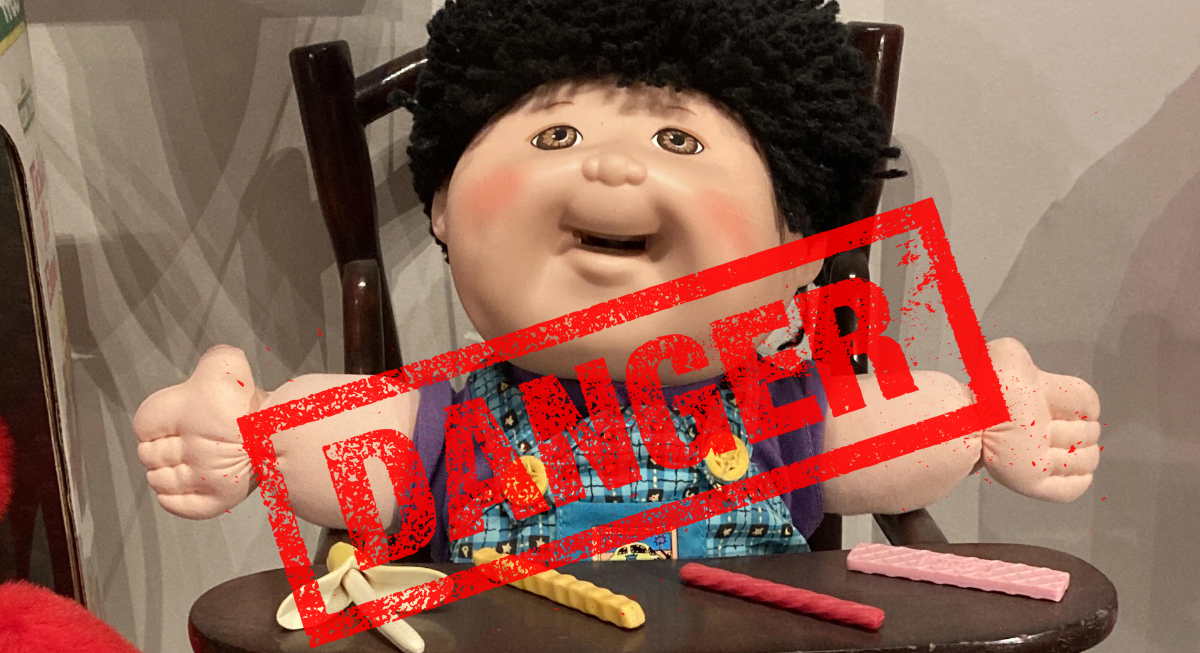If you had a fun childhood instead of one filled with fear, count your blessings. Because for some unsuspecting kids, the latter was a reality. For them, although seemingly harmless toys lurked on shelves, they harbored dangers that could cause severe injury or even death. Join us on a disturbing journey through time as we unveil the most dangerous toys that should've never been made, let alone sold to unsuspecting folks:
Aqua Dots (2007)
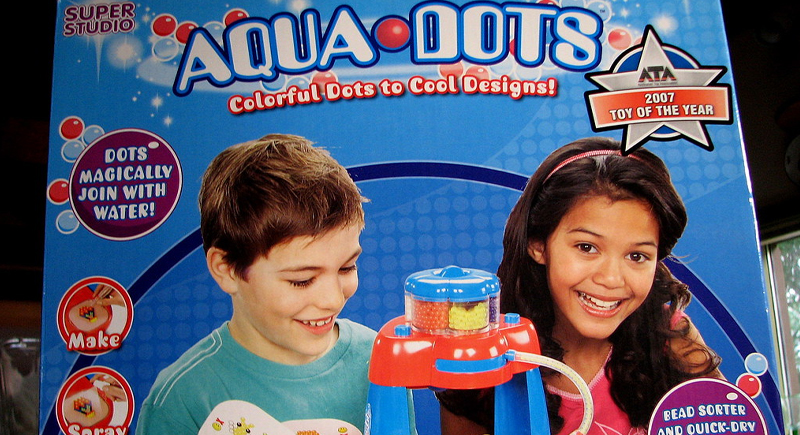
Credit: flickr
These colorful beads promised creative expression, but the "magic" came at a horrifying price. The glue contained chemicals that metabolized into GHB, a date rape drug. And perhaps even more shockingly, Spin Master rebranded their products as "Pixos" the very next year and has sold them in stores to date.
Hannah Montana Pop Star Card Game (2007)
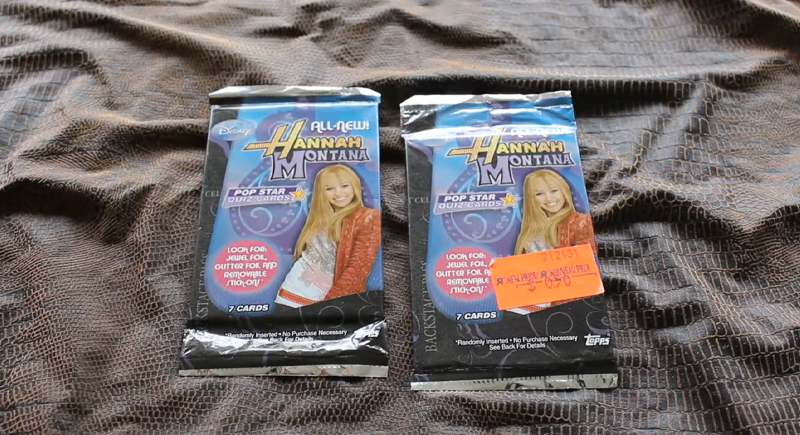
Credit: Youtube
Adding a touch of glam to playtime? Not quite. This card game contained lead levels 75 times higher than the recommended limit, putting countless children at risk of lead poisoning. This incident, along with others, exposed a disturbing trend of lead-laced toys in the late 2000s.
Mini Hammocks (1980s)
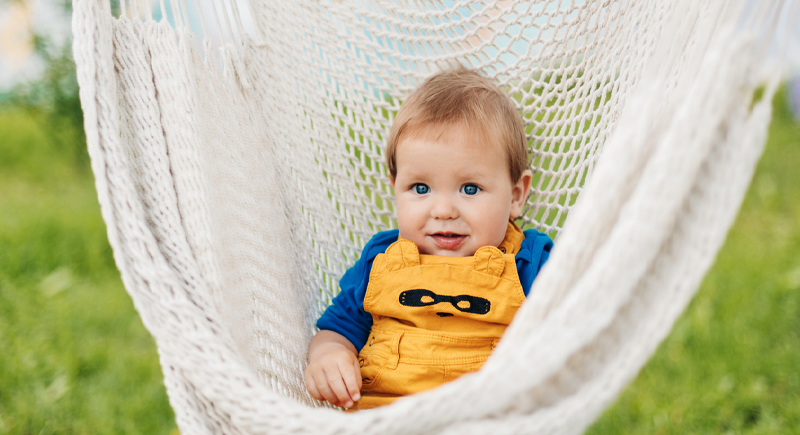
Credit: iStockphoto
Sometimes, even seemingly simple design flaws can have devastating consequences. Imagine a relaxing hammock...for a toddler. Not exactly. These miniature versions lacked spreader bars, creating a strangulation hazard. Over 3 million were recalled after a string of tragic deaths.
Magnetix (2005)
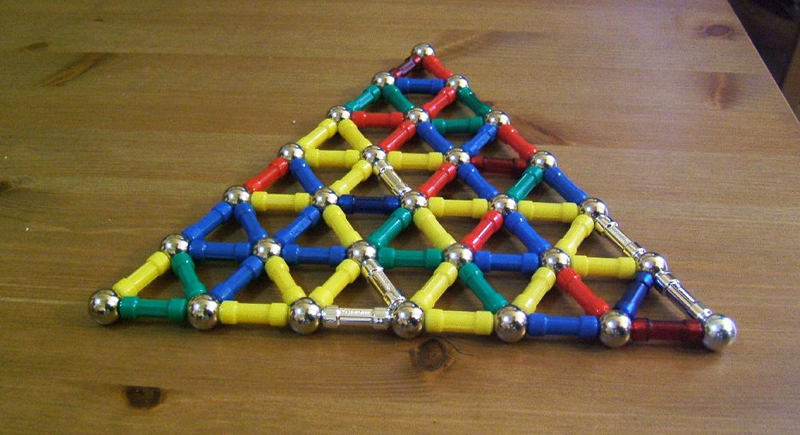
Credit: flickr
These seemingly harmless building sets hid a sinister secret: powerful magnets that could connect inside a child's intestines, causing life-threatening complications. Despite reports of injuries, the manufacturer remained shockingly silent.
CSI: Asbestos (2007)
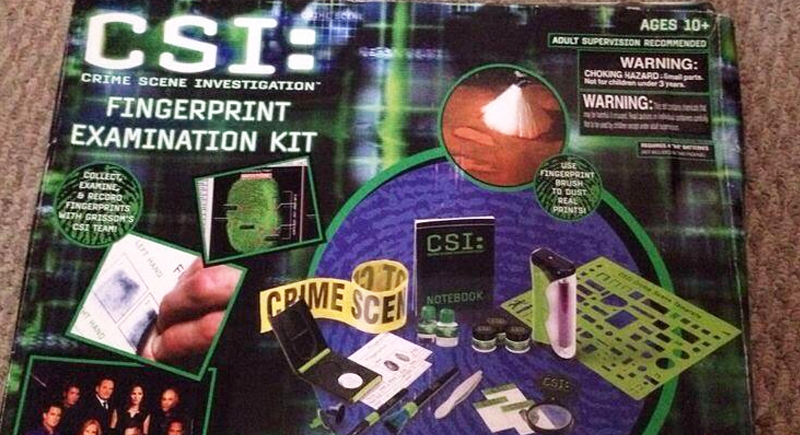
Credit: Reddit
Who knew aspiring crime scene investigators could be exposed to a deadly carcinogen? This "fingerprint kit" aimed at kids contained up to 5% asbestos! This nightmarish product highlights the lengths some companies will go to capitalize on a trend, completely ignoring potential health risks.
Snacktime Cabbage Patch Doll (1980s)
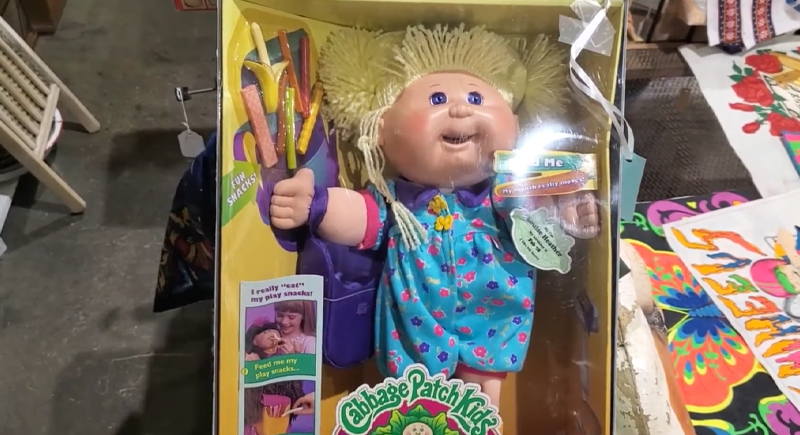
Credit: Youtube
These dolls weren't just after your heart; they were after your fingers and hair, too! The built-in "snacking" mechanism had a one-way gear system and no off switch, leading to countless injuries for curious kids. This case became a chilling reminder of the importance of thorough safety testing before putting toys on the market.
Inflatable Baby Boats (2009)
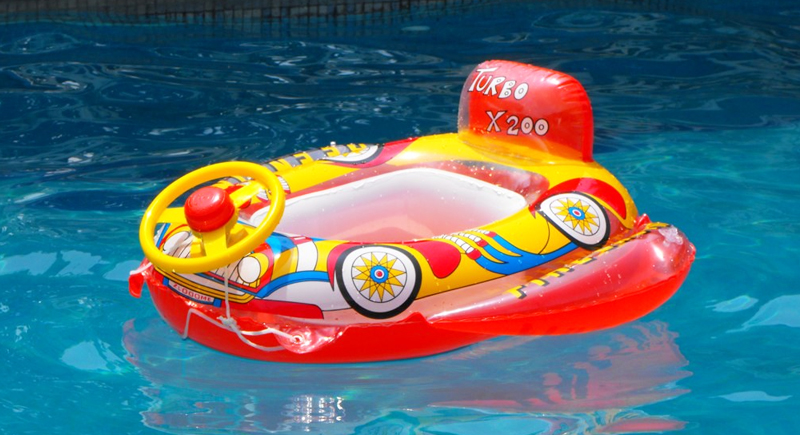
Credit: flickr
What could be more relaxing than a baby floating peacefully in a pool? Well, if the boat's straps tear and the baby slips through, it's not so relaxing. Design flaws in these inflatables nearly led to dozens of drownings. Incidents such as this underscore the need for rigorous quality control, especially for products entrusted with the safety of young children.
Lawn Darts (1950s)
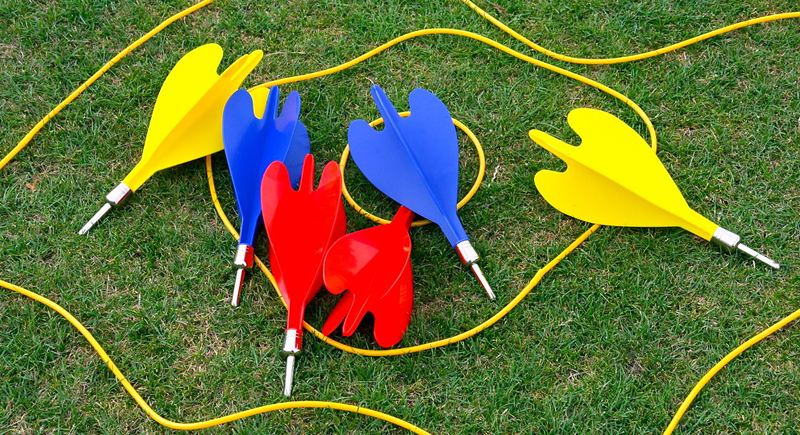
Credit: flickr
The 1950s were clearly a time when safety regulations were less stringent, and the potential consequences were deadly—picture giant metal darts with weighted tips. Now imagine children playing with them. Lawn darts were essentially missiles disguised as a game, leading to a ban after several fatalities.
The Austin Magic Pistol (1950s)
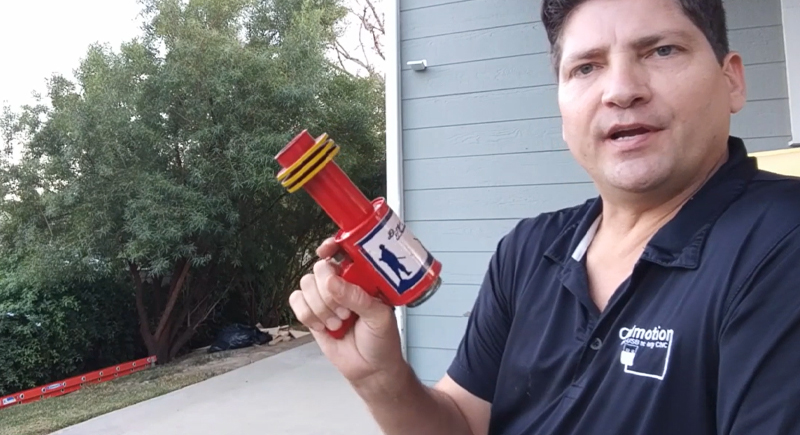
Credit: Youtube
This 1950s "wonder" used gas-powered combustion to fire projectiles. The "magic"? Calcium carbide is a hazardous material that could explode. It's not exactly a recipe for safe playtime.
Gilbert U-238 Atomic Energy Lab (1950s)
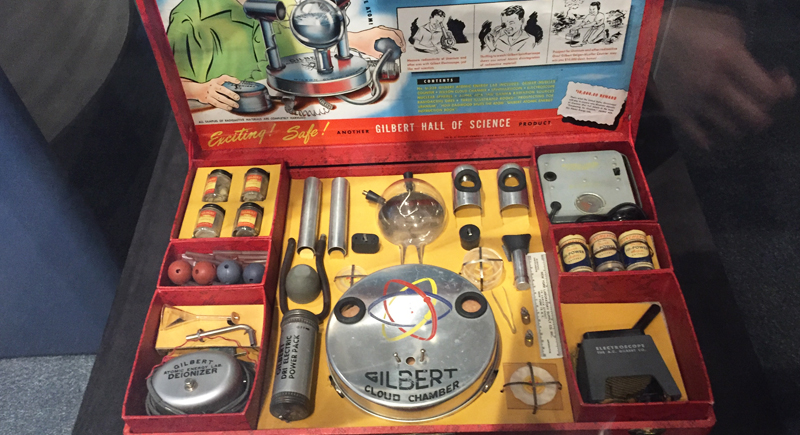
Credit: Wikimedia Commons
Because what kid wouldn't love a science kit with uranium ore samples and an order form for more? The 1950s might have been a different time, but radioactive materials in a child's toy are never a good idea. This example is a head-scratcher, raising questions about the complete disregard for children's safety in the pursuit of novelty.

